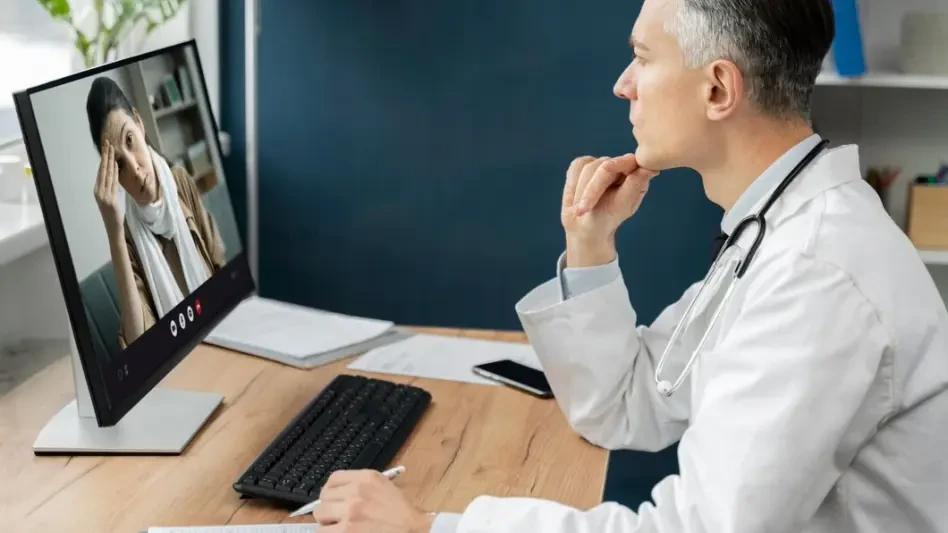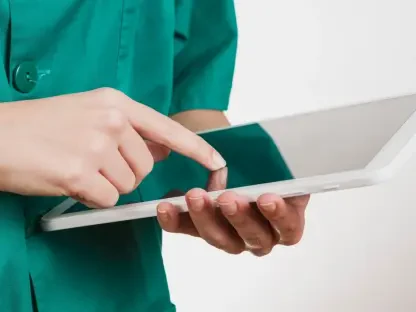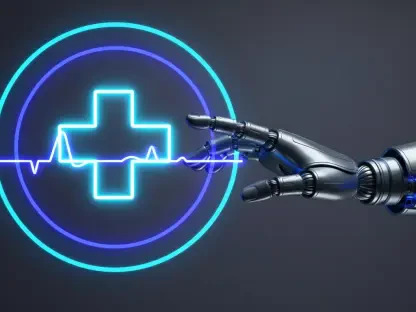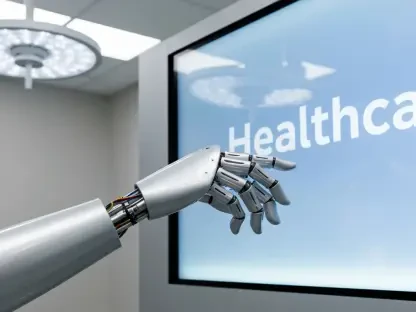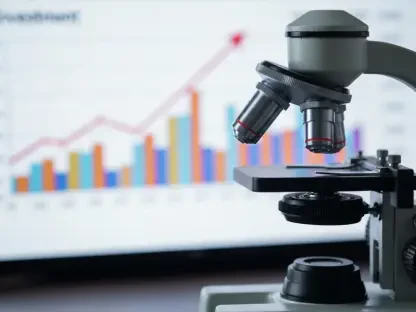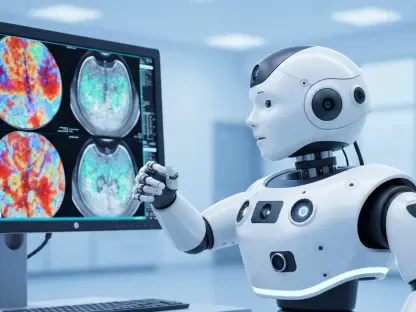As we dive into the evolving landscape of healthcare, I’m thrilled to sit down with Faisal Zain, a renowned expert in medical technology with a deep background in the development of diagnostic and treatment devices. His insights into the integration of telemedicine and electronic health records (EHR) systems are shaping the future of healthcare delivery. In this conversation, we explore how these technologies are enhancing patient care, streamlining operations, improving accessibility, addressing security concerns, and overcoming integration challenges.
How would you describe the integration of telemedicine and EHR systems to someone unfamiliar with these technologies?
At its core, telemedicine is about connecting patients and doctors remotely through video calls or other digital tools, so you don’t always have to be in the same room for a consultation. EHR systems, on the other hand, are digital versions of a patient’s medical history—everything from past diagnoses to lab results, all stored in one secure place. When these two are integrated, it means that during a virtual visit, a doctor can pull up your entire health record in real time, update it with new information, and make decisions based on the full picture. It’s like having a paperless, always-accessible medical file that travels with you digitally.
What do you see as the most significant way these technologies work together to improve healthcare delivery?
The real magic happens with the seamless flow of information. When telemedicine and EHR systems are linked, there’s no lag in getting critical data to the provider. For instance, if a patient has a virtual check-up, the doctor can instantly see their latest test results or medication history and adjust treatment on the spot. This cuts down on miscommunication, reduces duplicate tests, and ensures continuity of care, especially when a patient sees multiple providers. It’s a game-changer for efficiency and accuracy.
Can you share a specific moment or example where you’ve seen this integration directly impact patient care?
Absolutely. I recall a case involving a patient with diabetes who was struggling with fluctuating blood sugar levels. During a telemedicine session, the doctor accessed the patient’s EHR, which had real-time updates from a connected glucose monitor. They noticed a pattern of spikes after meals and adjusted the insulin dosage right then and there. Without this integration, the patient might have had to wait days for an in-person visit or mail in their data, risking complications. It showed me how immediate access to records can literally save lives.
How does this technology empower patients, especially those managing chronic conditions?
For patients with chronic illnesses like diabetes or hypertension, this integration is a lifeline. They can have frequent virtual check-ins without the hassle of travel, and their EHR keeps everything organized—test results, medication changes, even lifestyle notes. This means they’re not just passive recipients of care; they can see their progress, ask informed questions, and feel more in control. I’ve heard from patients who say having access to their own records during telehealth visits makes them feel like partners in their health journey, not just bystanders.
In terms of healthcare operations, how does combining telemedicine with EHR systems make things run smoother for providers?
It streamlines so many processes that used to bog down clinics. Scheduling appointments, for example, becomes automated with reminders sent directly to patients through telemedicine platforms, and the details sync with EHRs. Billing and insurance claims are faster because consultation notes are digitally logged and standardized. Even follow-up care is easier—doctors can set virtual reminders or check on progress without needing a physical visit. It cuts down on administrative headaches and lets providers focus more on patient care than paperwork.
How has this integration helped improve access to healthcare for people in remote or underserved areas?
It’s been transformative. People in rural areas often live hours away from specialists or even basic clinics. With telemedicine, they can consult a doctor from home, and because EHRs are integrated, that doctor has their full medical history at their fingertips—no need to track down paper records or repeat tests. I’ve seen cases where patients in remote regions got diagnosed with serious conditions early because they could connect with a specialist virtually. Without this tech, they might have gone months without care, letting small issues turn into big problems.
What measures are in place to protect patient data when using these integrated systems for virtual consultations?
Data security is a top priority because we’re dealing with sensitive information. Integrated telemedicine and EHR systems use strong encryption to protect data during transmission, whether it’s a video call or an updated record. Access controls ensure only authorized personnel can view a patient’s file, and many systems comply with strict regulations like HIPAA in the U.S., which sets standards for privacy. Regular audits and updates also help catch vulnerabilities. It’s about building trust—patients need to know their information is safe, and these safeguards are designed to do just that.
What are some of the toughest challenges you’ve encountered in getting telemedicine and EHR systems to work well together?
One of the biggest hurdles is interoperability, which is just a fancy way of saying that different systems need to talk to each other. Many healthcare providers use EHRs or telemedicine tools from different vendors, and they don’t always play nice together. Data might not transfer smoothly, or formats might mismatch, leading to gaps in information. It’s frustrating because the whole point of integration is seamlessness, but when systems clash, it can slow down care and create errors. Solving this often requires standardized protocols and a lot of collaboration across the tech and healthcare sectors.
Looking ahead, what is your forecast for the future of telemedicine and EHR integration in healthcare?
I’m incredibly optimistic. Over the next decade, I think we’ll see even tighter integration, with artificial intelligence playing a bigger role in analyzing EHR data during telemedicine visits to predict health risks or suggest treatments. I also expect interoperability issues to lessen as more universal standards are adopted. Beyond that, accessibility will expand—think wearable devices feeding live data into EHRs for real-time monitoring during virtual consults. My forecast is that this blend of tech will make healthcare not just reactive but proactive, catching issues before they escalate and truly personalizing care for every patient, no matter where they are.
